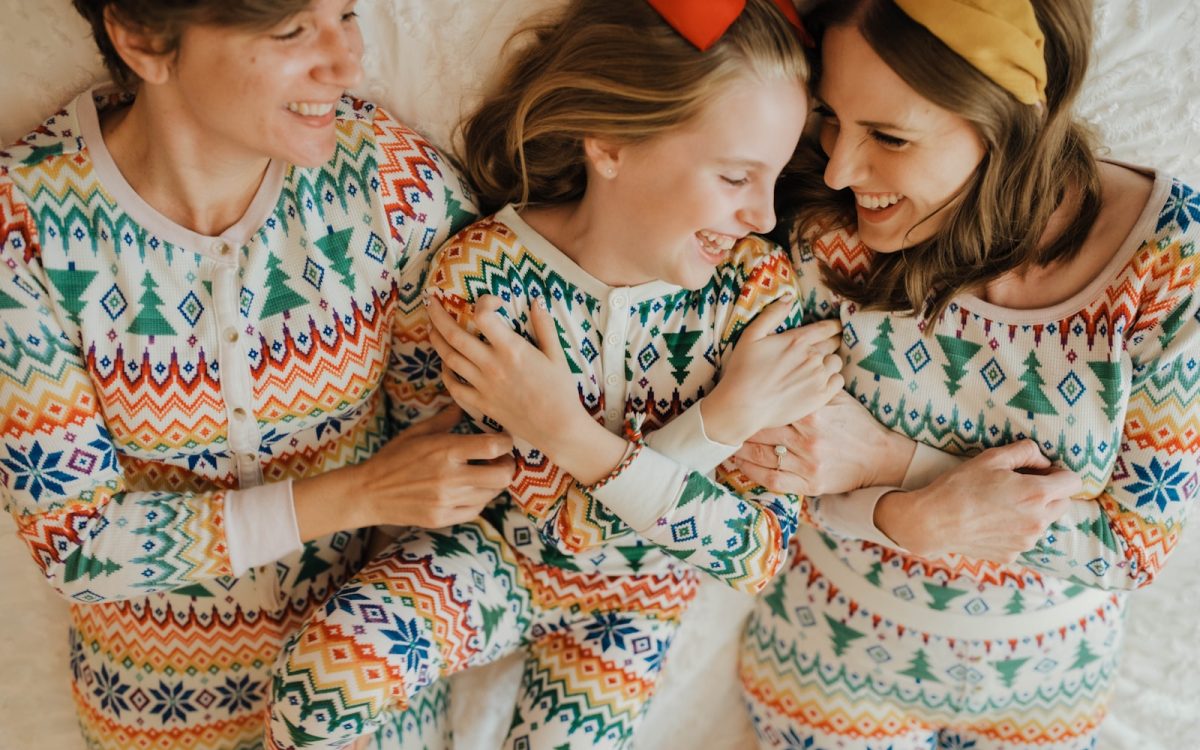What to Wear to Bed for Optimal Comfort
Meta Description: Discover what to wear to bed for optimal comfort. Get better sleep by choosing the right sleepwear, fabrics, and accessories tailored to your needs.
Getting quality sleep begins before you even close your eyes. One of the most overlooked factors is what you wear to bed. If you’ve ever tossed and turned during the night, overheated, or woken up shivering, this guide will help. In this comprehensive post, we’ll explore what to wear to bed for optimal comfort, including fabric choices, styles, temperature considerations, and more. Say goodbye to restless nights and hello to dreamy comfort!
Why Your Bedtime Outfit Matters
Your choice of bedtime attire plays a crucial role in how well you sleep. Comfortable sleepwear can help regulate your body temperature, reduce skin irritation, and signal your body that it’s time for rest. Wearing the wrong materials or too much clothing can lead to overheating or discomfort that disrupts your sleep cycle.
Best Fabrics to Wear to Bed
When thinking about what to wear to bed for optimal comfort, start with the fabric. Each material has distinct properties that can impact your sleep quality.
1. Cotton
- Lightweight and breathable
- Soft on the skin
- May not be ideal for colder climates
2. Bamboo
- Ultra-soft with moisture-wicking abilities
- Natural and hypoallergenic
- Excellent for hot sleepers
3. Silk
- Regulates temperature – keeps you cool in summer and warm in winter
- Luxurious feel
- More expensive and requires careful cleaning
4. Flannel
- Ideal for colder climates or winter months
- Soft and insulating
- Not suitable for hot sleepers
5. Moisture-Wicking Synthetics
- Great for night sweats or humid environments
- Designed to pull moisture away from the body
- Try poly-blends like CoolMax or DryFit
Optimal Sleepwear Styles for Comfort
The design and fit of your sleepwear can also contribute significantly to your sleep quality. When choosing what to wear to bed for optimal comfort, consider your movement habits, personal preferences, and your typical bedroom climate.
Loose-Fitting Pajamas
Clothing that’s too tight can restrict movement and interrupt circulation during the night. Loose-fitting pajamas made of soft materials provide maximum comfort and airflow.
Sleep Shirts
Long, t-shirt style sleepwear offers freedom of movement and are generally lightweight—perfect if you dislike pant legs riding up during sleep.
Short Sets in Warm Climates
For warmer months or hot climates, a pair of breathable sleep shorts and a tank top or short-sleeve tee will help reduce heat buildup.
Full-Length Pajamas in Cold Weather
When battling chilly nighttime temperatures, a long-sleeve top and pants made of flannel or thermal materials keep you warmer throughout the night.
Should You Sleep Naked?
Sleeping with no clothes has grown in popularity for those seeking maximum breathability and comfort. Here are some pros and cons to consider:
Benefits
- Improved airflow and body temperature regulation
- Reduces risk of skin irritations or rashes
- May improve intimacy and hormonal balance
Drawbacks
- May not be comfortable for everyone
- Could be impractical during colder seasons or shared housing
Temperature Regulation for Better Sleep
Your core temperature drops slightly as you fall asleep, so it’s crucial to wear clothing that complements your environment. Here’s how to align your sleepwear with your bedroom conditions:
Summer Recommendations
- Opt for lightweight, breathable materials like cotton or bamboo
- Wear sleeveless tops or shorts
- Sleep with a ceiling fan or airflow device to stay cool
Winter Recommendations
- Choose full-body pajamas made of flannel or fleece
- Wear socks to prevent cold feet
- Add a thermal layer like a robe if needed before bed
Tips for Choosing the Perfect Sleepwear
Still unsure about what to wear to bed for optimal comfort? Follow these quick tips when revamping your bedtime wardrobe:
- Choose the right size: Sleepwear should never be too tight or too loose—it should allow free movement without getting tangled.
- Avoid harsh seams or tags: These can irritate skin and disturb your sleep.
- Test fabrics: Everyone has different comfort preferences; cotton might be dreamy for one person and itchy for another.
- Think seasonal: Rotate your sleepwear by season to stay comfortable year-round.
- Wash frequently: Clean sleepwear helps reduce allergens and keeps your skin fresh and unclogged.
Bonus: Accessories for Enhanced Nighttime Comfort
In addition to your sleepwear, a few thoughtfully chosen accessories can elevate your comfort level:
- Soft sleep socks: Keep your feet warm in winter without overheating the rest of your body.
- Eye masks: Block out any distracting light to promote deeper sleep.
- Lightweight robes: Ideal for pre-bedtime lounging before changing into pajamas.
- Weighted blankets: Provide soothing pressure and improve sleep quality for many people.
Final Thoughts: Create a Bedtime Routine Around Comfort
Understanding what to wear to bed for optimal comfort is more than just a matter of fashion—it’s a key factor in your health and well-being. The right clothes, fabrics, and accessories can enhance your sleep quality significantly. Whether you prefer cozy flannel pajamas in the winter, breathable bamboo shorts in the summer, or opting for sleeping naked, the most important factor is what makes you feel relaxed and comfortable.
Take time to listen to your body’s needs, experiment with different options, and enhance your nighttime routine for better rest, night after night.




